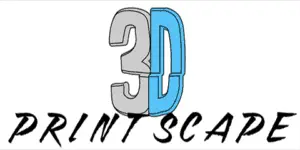One of the most amazing things about 3D printers is that they are capable of creating things out of what seems to be nothing. This means that what they do is that they create different objects using a bottom-up approach by putting together different small particles. But how small of an item can a 3D printer actually print?
In most cases, 3D printers can print as small as their nozzles allow them to do so. Some 3D printers can print at least 0.15 millimeters. However, it usually really all depends on the manufacturing specifications of the 3D printer and the type of 3D printer we are talking about here.
3D printers come in all shapes and sizes, and that means that there are also different types of 3D printers. In that case, the smallest thing that 3D printers can print will mostly depend on how small the 3D printer’s nozzles or manufacturing capabilities are. And there are also cases where it can depend on the type of 3D printer that you have.
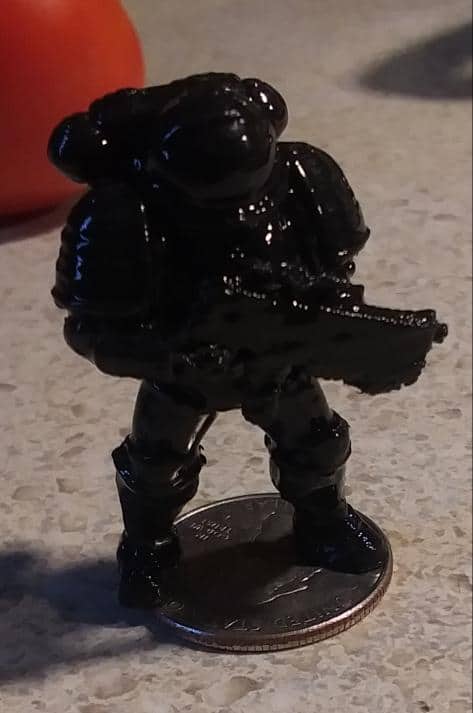
What are the different types of 3D printers?
3D printers are amazing in the sense that they use a bottom-up approach when it comes to creating different designs. What they do is that they put together smaller particles that form one bigger structure. However, what you should know is that different 3D printers work differently. So, if we are to talk about how small of an item a 3D printer can print, it is equally important to talk about the different types of 3D printers.
FDM/FFF 3D Printers
Some of the most common types of 3D printers are FDM/FFF 3D printers. What these 3D printers do is that they extrude thermoplastic filaments through a heated nozzle so that the plastic material melts. In a sense, what happens is that these 3D printers put together small particles of heated plastic to create the form you want at the end of the 3D print job. This is the most common type of 3D printer in consumer markets.
The best part about FDM/FFF type of 3D printers is that they are very easy to use when creating three-dimensional printing models as you simply need to calibrate the machine and then upload your CAD file. From there, the printing process can be done with a simple push of a button. It’s that easy and speedy.
But the problem with these 3D printers is that they are not known for creating products that are quite durable because you need to know that what they do is that they put together several layers of plastic instead of printing one single piece. That means that there are going to be a few weak spots on the final product. Of course, you also need to consider that thermoplastics aren’t exactly the best when it comes to extreme conditions as they can easily melt or deform when exposed to heat or crack when exposed to cold.
And, in connection to our topic, FDM 3D printers are unable to produce models at the smallest scale possible. That is because, as mentioned, they rely on a method of layering plastics together. That means that it might be difficult to produce a really small product using an FDM printer.
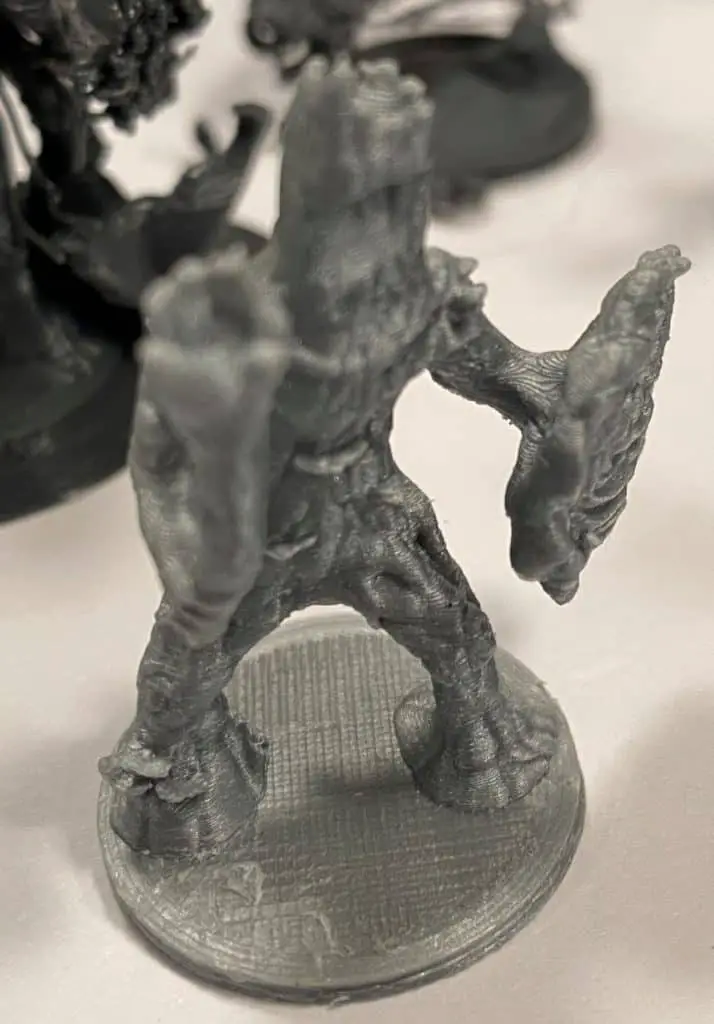
SLA 3D Printers
SLA 3D printers are resin 3D printers that use a method that is quite different from what FDM printers do. What these 3D printers do is that they produce high-accuracy and water and airtight 3D models using plastic materials. In most cases, they are more accurate than FDM 3D printers as they are capable of producing models with fine features and accurate details.
Using a precise laser, SLA printers are capable of creating accurate models as they deliver light to form and cure layers of resin. What happens is that these thin layers of resin stack up to one another to form one solid object.
So, the difference here is that these 3D printers use light instead of heat to print 3D models. This is why SLA 3D printers are widely used in a lot of industries that require their pinpoint accuracy and detailed printing. And you don’t even have to worry about the resin warping or cracking because of how heat isn’t in the equation here.
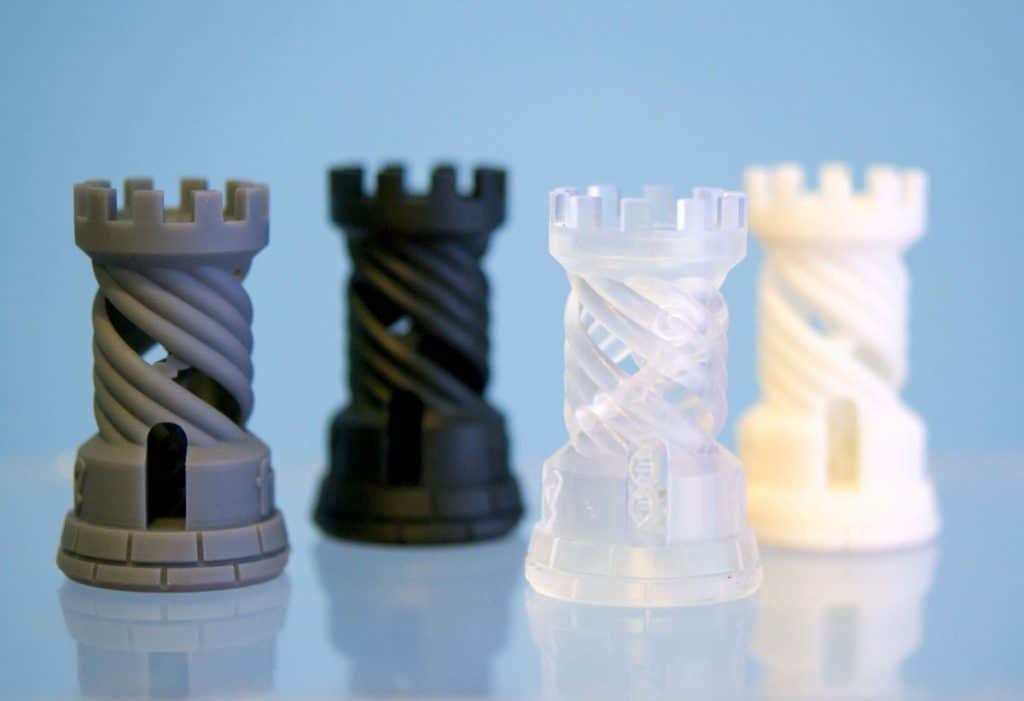
DLP 3D Printers
DLP 3D printers are like SLA printers in the sense that they also use resin. What they do is that they create parts and models layer by layer from top to bottom. But the difference here is that DLP 3D printers use a digital projector screen instead of using laser as their light source. The image of the model’s shape or pattern is flashed, and this is the light that cures the liquid resin to form the 3D model.
What happens is that the light gets reflected onto very small mirrors that are microscopic in size. These mirrors are arranged on a semiconductor chip and will point the light to the bottom of the resin tank while defining the coordinates where the resin should harden to form the layers of the 3D model.
Because of the way DLP 3D printers work, they are considered some of the most precise and accurate 3D printers. They are so accurate that they are capable of printing fine details and even smaller objects that other types of 3D printers cannot print.
How small of an item can a 3D printer make?
Now that you know the different types of 3D printers, let us now look at how small of an item these 3D printers can make. And it is important to know how these 3D printers work because you need to understand that different methods of 3D printing can make big differences in how small of an item they can print.
FLM 3D printers, for the most part, are highly dependent on their nozzles in the sense that they can print as small as what the nozzles allow them to do so. In most cases, these 3D printers have nozzle sizes that are 0.4 millimeters, but it isn’t rare for some nozzles to be as small as 0.15 millimeters. You can even get a 0.15-millimeter and then swap out your old one for the newer and smaller nozzle so that you can 3D print smaller and more accurate features.
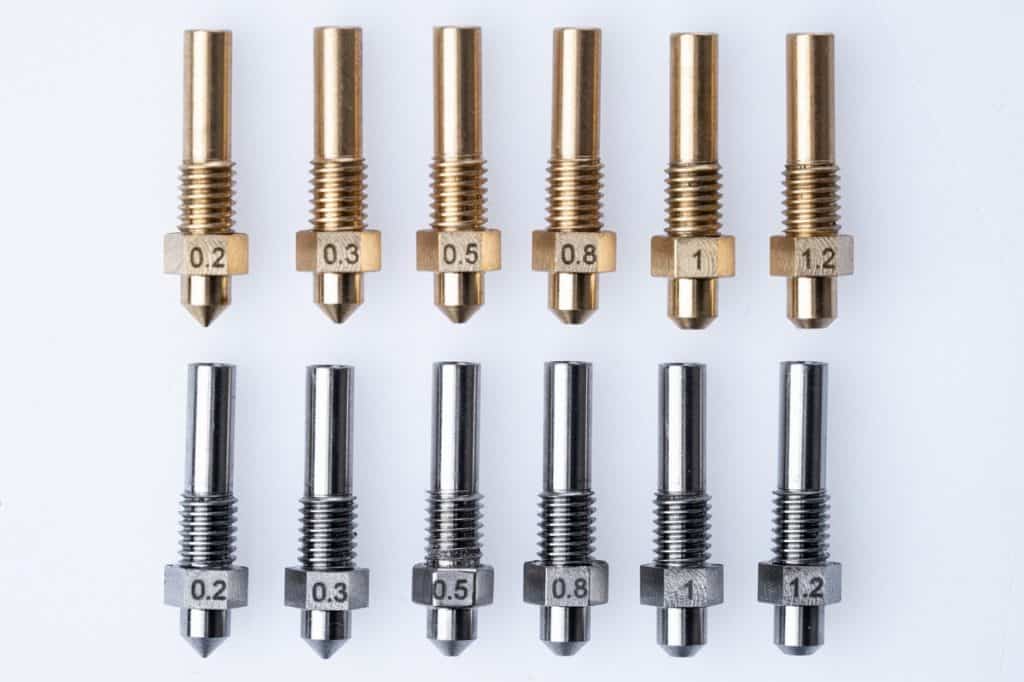
But the problem here is that, because FDM 3D printers rely on thermoplastic, you don’t have any control as to how the plastic flows out from the nozzle. This means that it would be very difficult to 3D print something that is as small as 0.4 millimeters.
Meanwhile, for SLA 3D printers, the size of the item will depend on the spot size of the laser beam. So, when the spot size is quite small, it would be easier for you to 3D print a model that is quite small. It will also be easier to print tall and thin shapes with amazingly accurate features using SLA 3D printers.
When dealing with SLA 3D printers, you need to know the X, Y, and Z dimensions. The laser spot size of the SLA printer is what determines the XY resolution of the 3D printer. Then, for the Z resolution, these printers can offer heights between 25 to 300 microns, and that means that you can 3D print smaller and finer models.
Finally, DLP printers are similar to SLA printers in the sense that they are capable of producing materials with amazing resolution and detail. The size of the 3D print will once again rely on the XYZ resolutions, but the difference here is that the XY resolution is defined by pixels, which are tiny spots that you can see on the projector.
So, in a way, both SLA and DLP 3D printers rely mainly on how the machines are calibrated and on the manufacturing settings of these printers. And the consensus is that SLA and DLP 3D printers are much more capable than commercialized FDM printers when producing smaller materials.
Related Articles
- What Is the Size Limitation of 3D Printing?
- Best 3D Printing Infill Pattern – Complete Details Inside!
- Why Is 3d Printing Slow?
- Do 3D Printers Use a Lot of Power? (The Numbers Inside)
- Create a Temperature Tower Using Cura – The Easy Way
- 3D Printing Blobs and Zits: Tips to Avoid Them
Make sure you check out our YouTube channel, and if you would like any additional details or have any questions, please leave a comment below. If you liked this article and want to read others click here.
